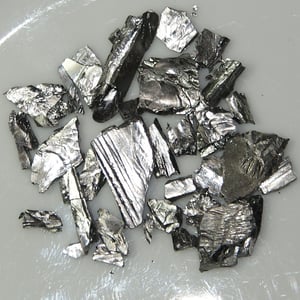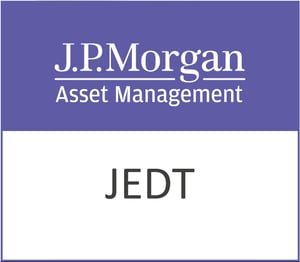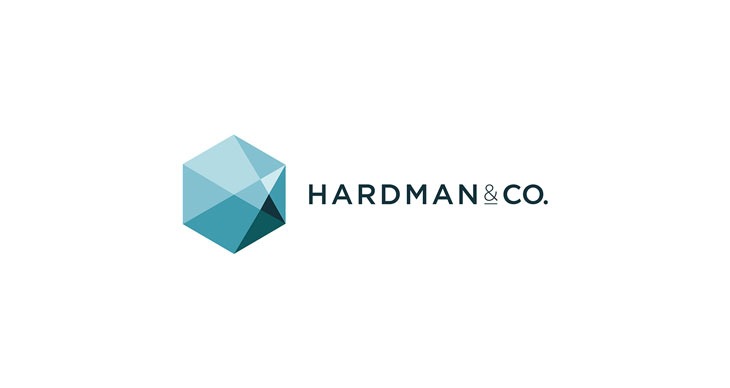Johnson & Johnson (NYSE: JNJ) remains a cornerstone of stability and innovation in the healthcare sector, boasting a market capitalization of $389.72 billion. As a leading player in the drug manufacturers industry, JNJ is a beacon for investors seeking a blend of reliability and growth potential. The company’s extensive portfolio spans innovative medicine and MedTech, focusing on therapeutic areas like immunology, oncology, and cardiovascular health, alongside cutting-edge medical devices.
The current stock price is $161.72, hovering near its 52-week high of $167.70. This stability is underpinned by a robust pipeline of healthcare products and a solid track record of revenue growth, currently at 5.30%. Johnson & Johnson’s strong revenue stream is further buoyed by a free cash flow of approximately $16.67 billion, providing a substantial cushion for ongoing R&D, acquisitions, and shareholder returns.
Investors often turn to JNJ for its reliable dividend, which yields 3.07% with a payout ratio of 84.80%. This high payout ratio signals the company’s commitment to returning capital to shareholders, a comforting factor for income-focused investors. Despite the high payout ratio, JNJ’s strong cash flow suggests that the dividend is sustainable, a key consideration for those evaluating long-term investment opportunities.
From a valuation standpoint, Johnson & Johnson’s forward P/E ratio of 14.54 indicates that the stock is reasonably priced relative to its earnings growth prospects. The lack of a trailing P/E ratio and other valuation metrics could be due to recent strategic shifts or accounting adjustments, but the forward P/E suggests cautious optimism about the company’s future profitability.
Analysts provide a mixed consensus on JNJ, with 9 buy ratings and 13 hold ratings. The average target price stands at $169.07, implying a potential upside of 4.54%. The absence of sell ratings highlights a general confidence in the company’s enduring market position and growth trajectory. The stock’s technical indicators, including a 50-day moving average of $157.77 and a 200-day moving average of $156.05, suggest a bullish trend, reinforced by an RSI of 8.34, indicating the stock might be oversold and poised for a potential rebound.
Johnson & Johnson’s strategic focus on innovation across its product segments positions it well to capitalize on global healthcare trends. The MedTech division, in particular, is expanding rapidly, driven by advancements in electrophysiology and neurovascular care, which are critical in addressing prevalent health challenges like heart rhythm disorders and stroke.
Investors should weigh the company’s robust pipeline and historical resilience against broader market dynamics and regulatory environments, which can impact pharmaceutical giants. Johnson & Johnson’s long history, dating back to its founding in 1886, showcases its ability to adapt and thrive, making it a compelling consideration for investors seeking both security and growth in their portfolio.
The information in this article should not be taken as advice. Readers should conduct their own due diligence and seek independent financial advice before making any investment decisions.






































